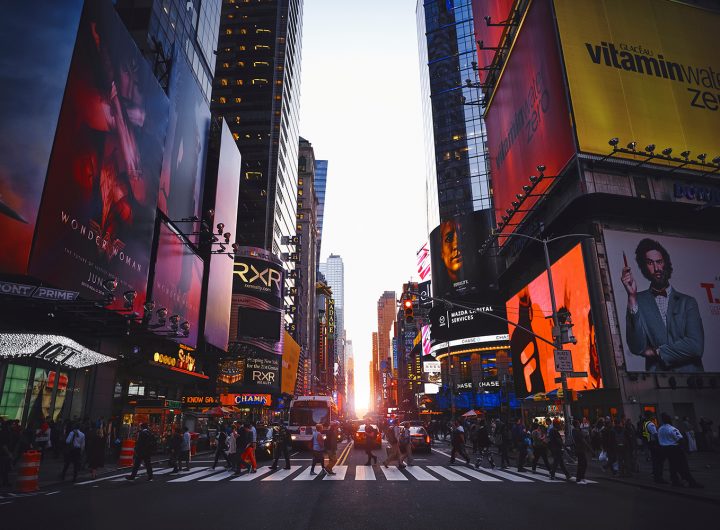- This topic is empty.
-
AuthorPosts
-
10/07/2025 at 10:44 #7427
When it comes to architectural design, the facade of a building serves as its face, reflecting not only its aesthetic appeal but also its functionality and environmental performance. Understanding the different types of facades is crucial for architects, builders, and property developers who aim to create structures that are not only visually striking but also sustainable and efficient. In this post, we will delve into the various types of facades, their materials, design principles, and the advantages they offer.
1. Curtain Wall Facades
Curtain wall facades are non-structural cladding systems that are typically made of lightweight materials such as glass, aluminum, or composite panels. These facades are attached to the building’s structural frame and are designed to resist air and water infiltration while allowing natural light to permeate the interior spaces.
Advantages:
– Energy Efficiency: Modern curtain walls can incorporate double or triple glazing, which enhances thermal insulation and reduces energy consumption.
– Aesthetic Versatility: They can be designed in various styles, from sleek modern looks to more traditional appearances, making them suitable for a wide range of architectural designs.2. Ventilated Facades
Ventilated facades consist of an outer layer that is separated from the inner wall by an air gap. This design allows for natural ventilation, which can help regulate temperature and moisture levels within the building.
Advantages:
– Thermal Performance: The air gap acts as an insulating layer, reducing heat transfer and improving energy efficiency.
– Moisture Control: The ventilation helps to prevent moisture buildup, which can lead to mold and structural damage.3. Rain Screen Facades
Rain screen facades are designed to protect the building’s structure from water infiltration while allowing for drainage and evaporation. They typically consist of an outer layer that is installed away from the building’s wall, creating a cavity for water to drain.
Advantages:
– Durability: By preventing direct contact between the outer layer and the structural wall, rain screens can significantly extend the lifespan of the building materials.
– Design Flexibility: Rain screens can be made from a variety of materials, including wood, metal, and fiber cement, allowing for creative design possibilities.4. Solid Wall Facades
Solid wall facades are constructed from traditional materials such as brick, stone, or concrete. These facades provide excellent thermal mass, which can help regulate indoor temperatures.
Advantages:
– Robustness: Solid walls offer high durability and resistance to weathering, making them suitable for various climates.
– Aesthetic Appeal: The use of natural materials can enhance the building’s visual character, providing a timeless quality.5. Green Facades
Green facades incorporate living plants into the building’s exterior, either through climbing plants or pre-planted panels. This type of facade not only enhances the aesthetic appeal but also contributes to environmental sustainability.
Advantages:
– Air Quality Improvement: Plants can help filter pollutants and improve air quality.
– Thermal Regulation: Green facades provide natural insulation, reducing the need for heating and cooling.6. Composite Facades
Composite facades are made from two or more different materials, often combining the benefits of each. For example, aluminum composite panels (ACP) consist of a non-aluminum core sandwiched between two aluminum sheets.
Advantages:
– Lightweight and Durable: Composite materials are often lighter than traditional materials, making them easier to install while still providing strength and durability.
– Design Flexibility: They can be manufactured in various colors and finishes, allowing for creative and modern designs.Conclusion
The choice of facade type is a critical decision in the architectural design process, influencing not only the building’s appearance but also its performance and sustainability. By understanding the different types of facades—curtain walls, ventilated facades, rain screens, solid walls, green facades, and composite facades—architects and builders can make informed decisions that align with their design goals and environmental considerations. As the industry continues to evolve, the integration of innovative materials and technologies will further enhance the functionality and aesthetic appeal of building facades, paving the way for a more sustainable future in architecture.
-
AuthorPosts
- You must be logged in to reply to this topic.

 Google hit with record EU fine over Shopping service
Google hit with record EU fine over Shopping service  Business booming for giant cargo planes
Business booming for giant cargo planes  Trump-Putin: The understandable story
Trump-Putin: The understandable story